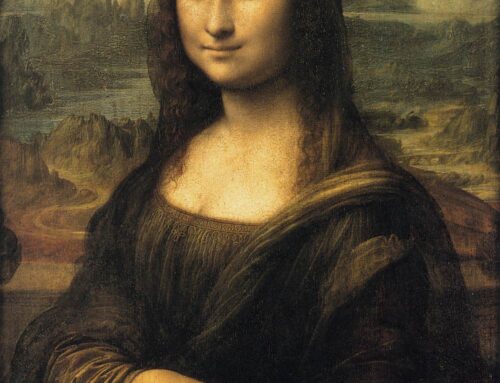Chaucer and Chinese medicine: the walking cure
Geoffrey Chaucer’s most famous work, The Canterbury Tales, describes the journey of some thirty travelers, men and women of various ages and standings. Compiled around 1400, the work is recognized as an outstanding achievement of late-medieval literature. Chaucer (ca. 1342-1400) creatively adapts the writings of his literary predecessors, especially the Decameron of Giovanni Boccaccio (1313-1375). Chaucer may have met Boccaccio on an embassy to Italy. More certain is that both writers experienced episodes of the Black Death: Boccaccio’s work begins with a well-known account of its devastating effect on Florence. In our present virus-ridden season, much like Chaucer’s own time of recurrent plague, we may also read Chaucer’s writings as a guide to health. It recommends a “walking cure,” one reinforced by the wisdom of traditional Chinese medicine.
Chaucer’s work opens with the narrator’s Prologue, which emphasizes that the travelers embark on their journey in the spring. The very first lines proclaim the bucolic fecundity of the season. To cite Neville Coghill’s admirable translation:
When in April the sweet showers fall
And pierce the draught of March to the root, and all
The veins are bathed in liquor of such power
As brings about the engendering of the flower,
When also Zephyrus with his breath
Exhales an air in every grove and heath
Upon the tender shoots…
And the small fowl are making melody
That sleep away the night with open eye
(So nature pricks them and their heart engages)
Then people long to go on pilgrimages….
Chaucer’s narrator carries his readers across nature, from plants to animals and humanity, all of which are moved in spring and are in motion.
Scholars have long sifted these opening lines to determine the motives of the travelers. Although ostensibly on a pilgrimage from London to Canterbury, where they may venerate the relics of St. Thomas Becket, they are also very much part of the natural world. Many of the characters the narrator describes, from the elegant Prioress to the lusty Monk to the amorous Wife of Bath, appear driven more by spring fever than spiritual fervor. Like the birds, they would rather make nighttime melodies than morning orison.
Having discussed the Prologue with students for over thirty years, I have found that they also light upon these two motives – the desire to frolic and the desire to pray – and from there they interpret the work in context of its time. The late fourteenth century tested religious and social conventions through plague, war, papal schism (there were rival popes for much of Chaucer’s lifetime), and labor unrest. But what if his pilgrims were also prescribing a regimen for health?
Here we may take our clue from traditional Chinese medicine (TCM). According to TCM, spring is associated with the wood element. It is an element like the vegetation that Chaucer describes: forceful and growing, it demands expression. In ourselves, the element corresponds to the liver organ system, which governs the emotion of anger. Without expression and movement, that energy, in the words of the acupuncturist Jennifer Dubowsky, can manifest itself as “frustration, anger, and stress.” Turned inward, the energy can create depression and anxiety. According to the herbalist Brigitte Mars, we may alleviate this frustration and balance out this anger, by staying active, especially by taking walks. There is a release, an expression of wood energy that occurs in walking, which allows our bodies and minds to restore their natural harmony.

The character for the wood element, at https://healthinflow.com.au/
Chaucer’s pilgrims enact the walking cure. They amble south from London to Canterbury, showing us an activity suited for the season. And this walking cure has a second form, another means of expression, namely in the telling of stories. Walking meets its literary complement: narrative movement. In an exchange with the herbalist and acupuncturist Tamara Kircher (full disclosure: she is my sister with a practice in the UK), she writes that the wood element “connects with our inner knowing, the sense of where we are going and that we are on the right track.”
Chaucer’s characters contend with the malaise of their time by sharing tales that entertain and enlighten. With respect to health and healing, they walk the walk and talk the talk. They demonstrate our need for exercise and narrative medicine. At a time when we are urged to practice “social distancing” and “self-isolation,” Chaucer and TCM remind us that now, in our viral spring, it is vital to express ourselves in body and mind in order to remain in balance. We should give release to our spring energy in our walks, and our stories, in order to make sense eventually of this crisis that afflicts us.
h/t Tracy Peck
For related posts, see here and here
For other posts from Coronavirus Tales, see here.
For sharing your own Coronavirus Tale, see here.









Leave A Comment